- »Zigzags & Curves: A Two-Part Exhibition« Mexico City, 2026
- »Spring« Stockholm, 2023
- »Plant Based« Berlin, 2021
- »Post Jacaranda« Mexico City, 2019
- »SARAH CROWNER/TUTSI BASKETS« Stockholm, 2016
- »Rehearsal« Stockholm, 2012
- Group Exhibition »OWL STRETCHING TIME« Berlin, 2010
-
Toni Sadurní: Notes around Sarah Crowner´s work with canvases, books and plants, 2019
-
Julia Felsenthal: Sarah Crowner Crosses the Border and Collaborates With the Ghost of Frank Lloyd Wright at the Guggenheim, Vogue, Jan 30, 2017
-
Bartholomew Ryan: Medium as a medium, a conversation with Sarah Crowner, MASS MoCA, 2017
-
Elizabeth Karp-Evans: Sarah Crowner: Touch the Tile, Guernica, May 16, 2016
-
Lauren O'Neill-Butler: Sarah Crowner, Artforum, June 9, 2011
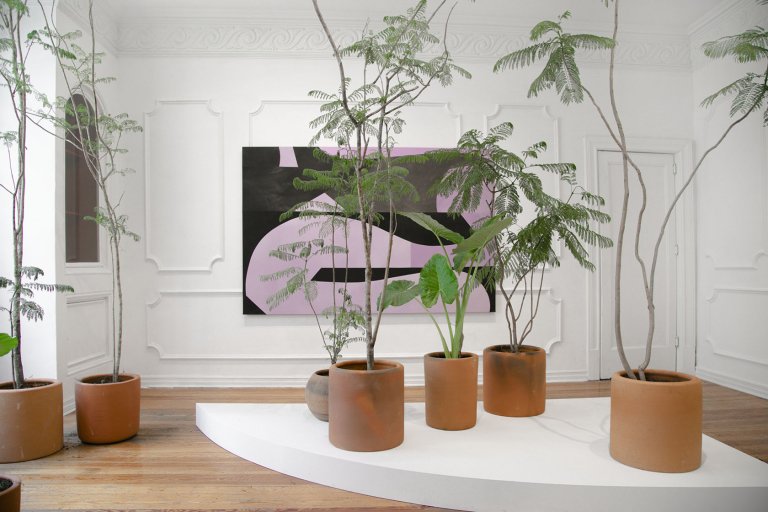
Sarah Crowner, Post Jacaranda, exhibition view, 2019.
Sarah Crowner »Post Jacaranda«
Mexico City, May 18, 2019 - June 15, 2019
The color lilac dots Mexico City in the Spring, and is the color which Sarah Crowner (Philadelphia, U.S., 1974, based in Brooklyn, New York) takes as a seed to develop a body of work consisting of eight paintings and eleven collages. The works are accompanied by constellations of small jacaranda plants inside the gallery. This installation and a publication mark her first exhibition in Nordenhake Mexico. The eight paintings define groups of curved geometries and follow the artist’s thread of investigation over the last decade. The specific methodology of her practice consists in first painting rectilinear or oval fragments of canvas with one single color of diluted acrylic paint, leaving visible brushstrokes which evoke body movement. Then, the painting is structured by sewing together the fragments with a machine in squared forms, to finally be mounted on a wooden frame. The sutures reveal the composition of the work, where the joints both divide and unite the color-shapes, signaling again the body by recalling the stitches of wounds. The unions (or divisions) compound the relationships already laden in the sections of color, generating an affective agency, as if the lively color forms wanted to both strike each other out and converge at once.
I
Jacaranda Mimosis instead of Sakuras
Tatsugoro Matsumoto arrived in Mexico in 1896 during the first wave of Japanese immigration to Mexico, after a stint in Peru. During the regime of Porfirio Díaz, he became the favorite gardener of the elite in the emerging Roma neighborhood of Mexico City. In the early thirties he began planting jacaranda trees in his gardens, in both the capital and the rest of the Republic, following the orders of president Pascual Ortíz Rubio. Jacaranda trees grow up to 20 meters in height and yield an abundance of lilac blossoms from March to April. The blooming happens after all the green leaves have vanished. The blossoms are later replaced by bright green leaves.
In Japan, when cherry blossoms, or Sakura, bloom, they become the center of the Hanami ritual celebrating Spring, Hanami meaning “looking at a flower”. Cherry blossoms also grow in Washington D.C., as the trees there were a diplomatic gift from Japan to the U.S. in 1912. Matsumoto, facing the impossibility of planting Sakuras in Mexico, given that their blooming requires a drastic temperature change that doesn't occur in Mesoamerican climates, selected the tree species Jacaranda Mimosis. The species is typical in Brasil, Peru and other areas of South America, and shares with cherry blossoms an explosive simultaneous blossoming, coloring public urban spaces. In jacarandas, the color is lilac.
II
Collage – from the French 'coller', to glue images.
Collage is an immediate technique. It allows for radical spontaneity, despite holding the possibility of being refined, should such a result be desired. Crowner’s meditative process of cutting and sewing canvases reflects this paradox of medium. In these particular canvases, the seams make the work whole –a network referring directly back to the jacaranda’s veins. The potential radical nature of collage undoubtedly caused it to emerge as a genre in early avant-garde disruptions, during the second decade of the twentieth century.
Henri Matisse is a key figure for Crowner, who is particularly drawn to the cut-out works he produced when he could no longer paint due to arthritis, later in his life during the 1940s. Collage continues to be a relevant strategy in contemporary art, having a strong presence in the practices of Guatemala-based Elisabeth Wild, the German Rosemarie Trockel or Crowner herself. Cut-out photographs in the compositions of Crowner’s collages illuminate iconographies and concepts fundamental to, but otherwise invisible in, her final works: plants, fashion, architecture.
The scope of the publication that accompanies the exhibition, edited by Toni Sadurní Viñas -director and partner of Galerie Nordenhake Mexico- reaches beyond the series of collages to a flow of images carefully compiled by the artist, signalling the workings of a contemporary mind. Crowner's atlas develops around the idea and the imaginary of the jacaranda and concretizes in a sequence that at first sight could seem thematically distinct, but it is not. She creates a constellation of entities that follow a complex, precise system of affects conceived by pure intuition.
Conversation with Sarah Crowner and Toni Sadurní | Galerie Nordenhake Mexico, June, 2020

Installation view
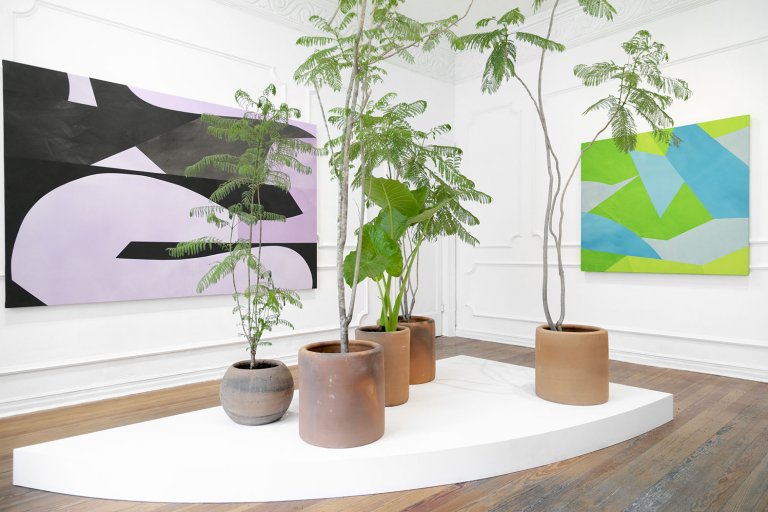
Installation view
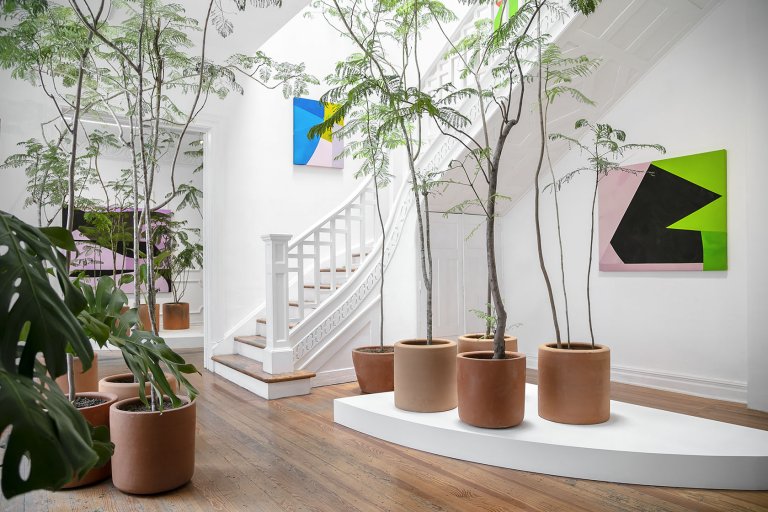
Installation view
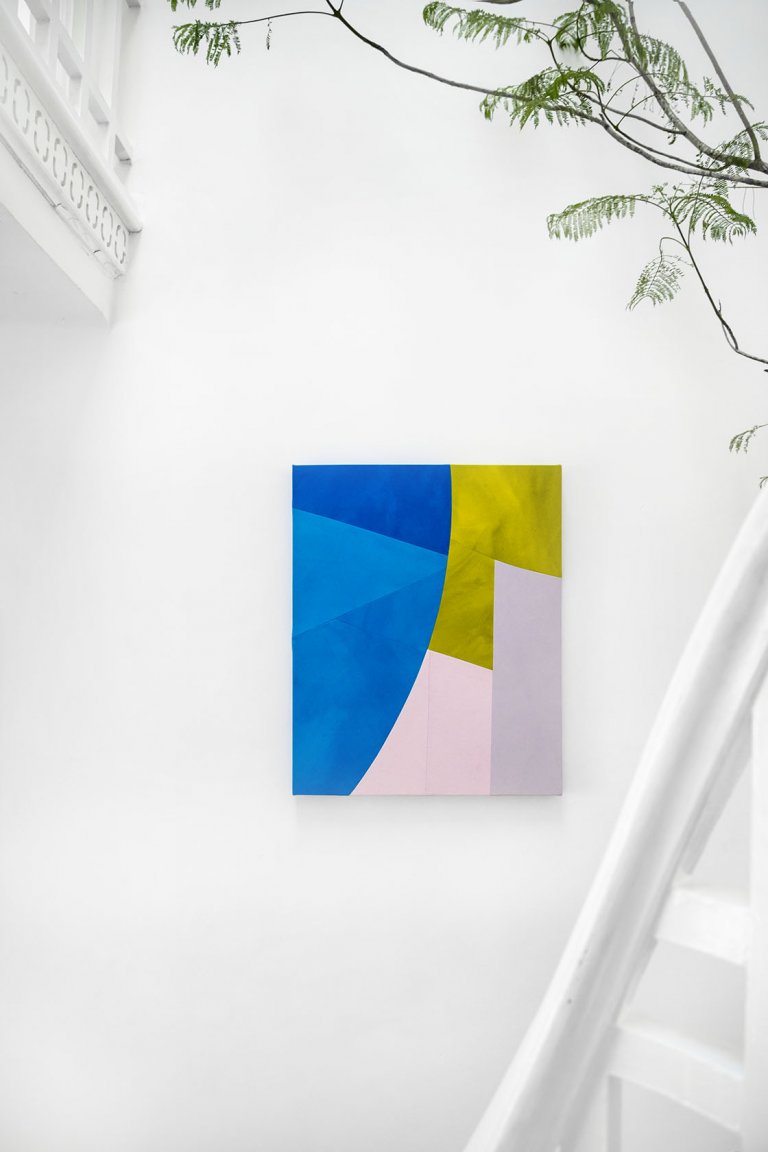
Hanging Blues, 2019 , acrylic, sewn canvas, 76.2 x 60.96 cm
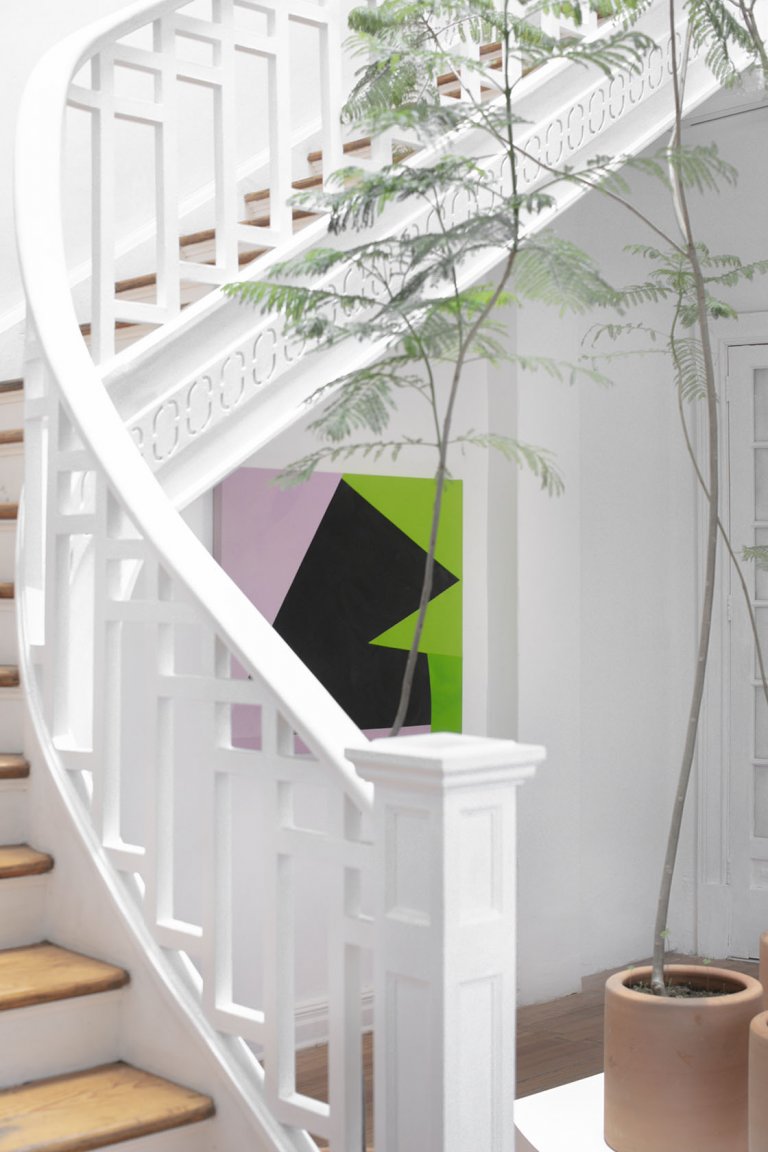
Installation view
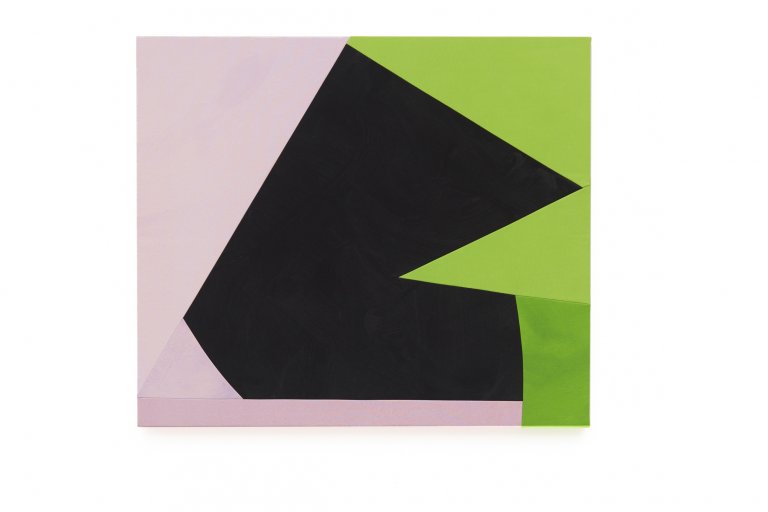
Rotated Shadow (lilac and green), 2019, acrylic on canvas, sewn, 91 × 106 cm
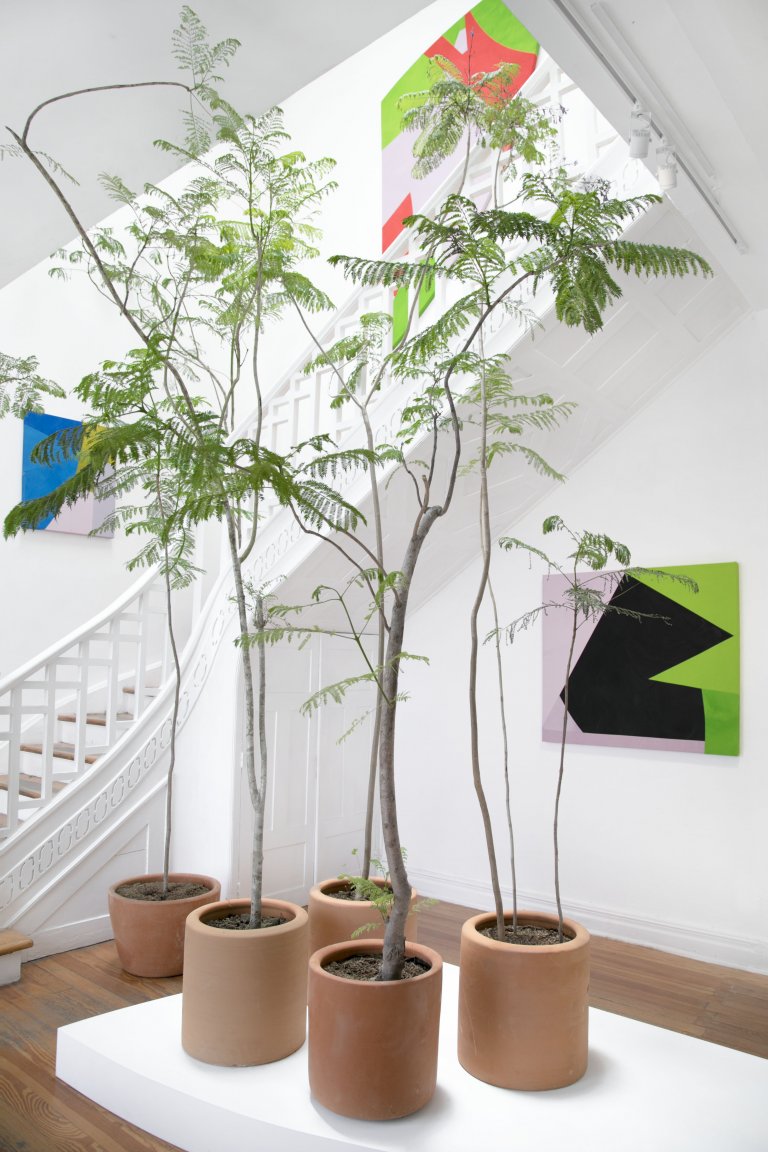
Installation view
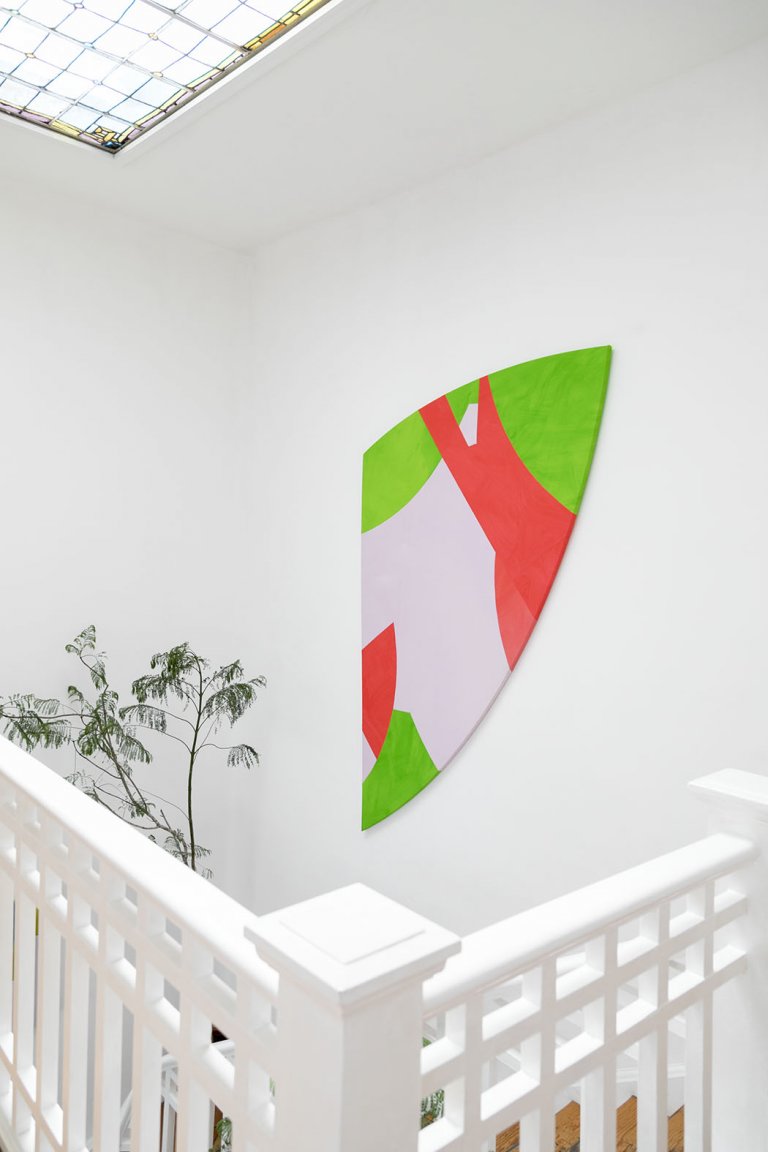
Curved Jacaranda, 2019, acrylic on canvas, sewn, 244 × 140 cm
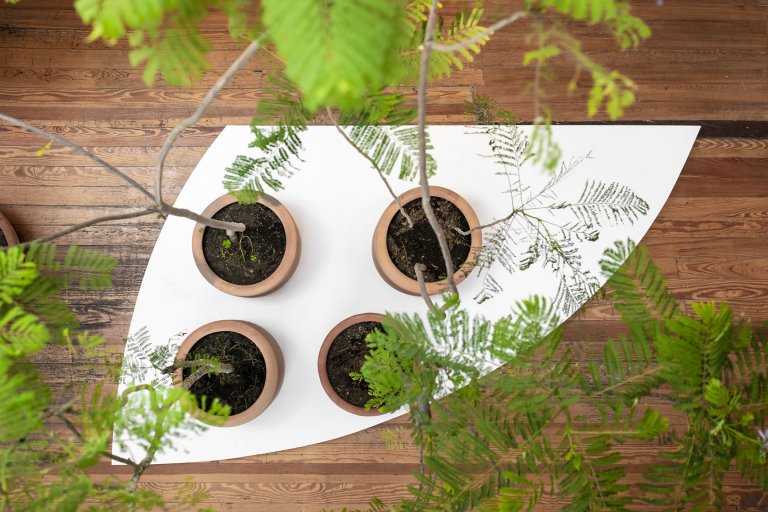
Installation view
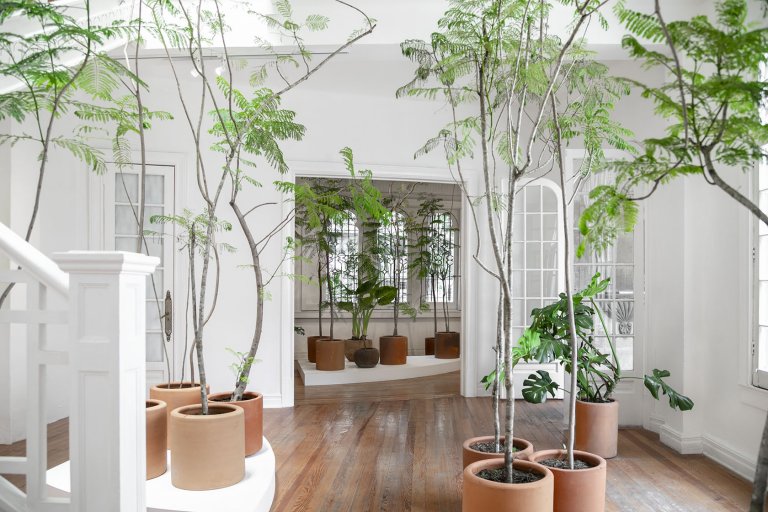
Installation view
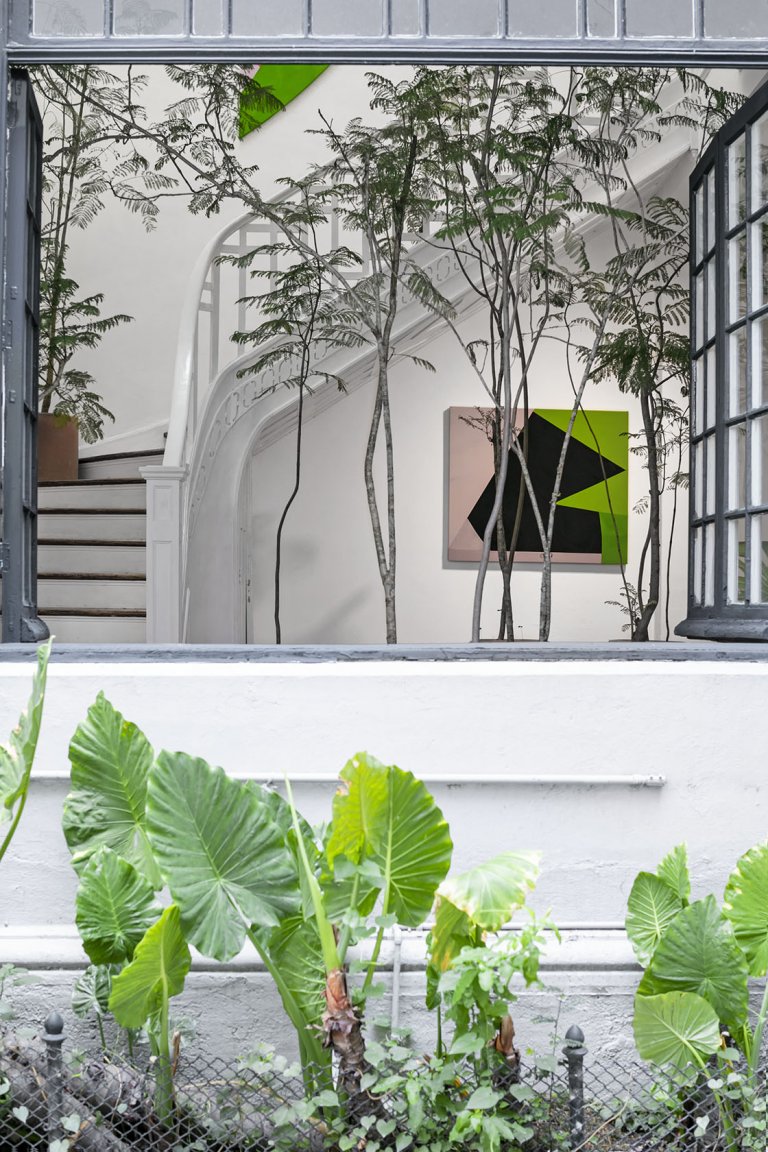
Installation view
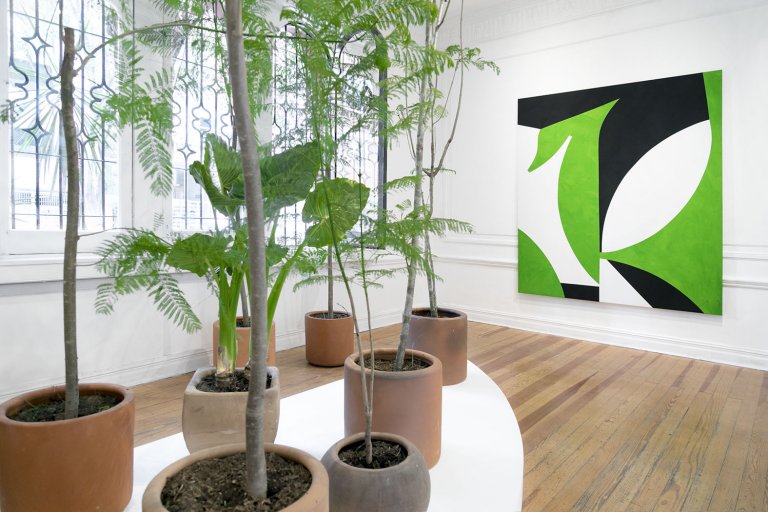
Installation view
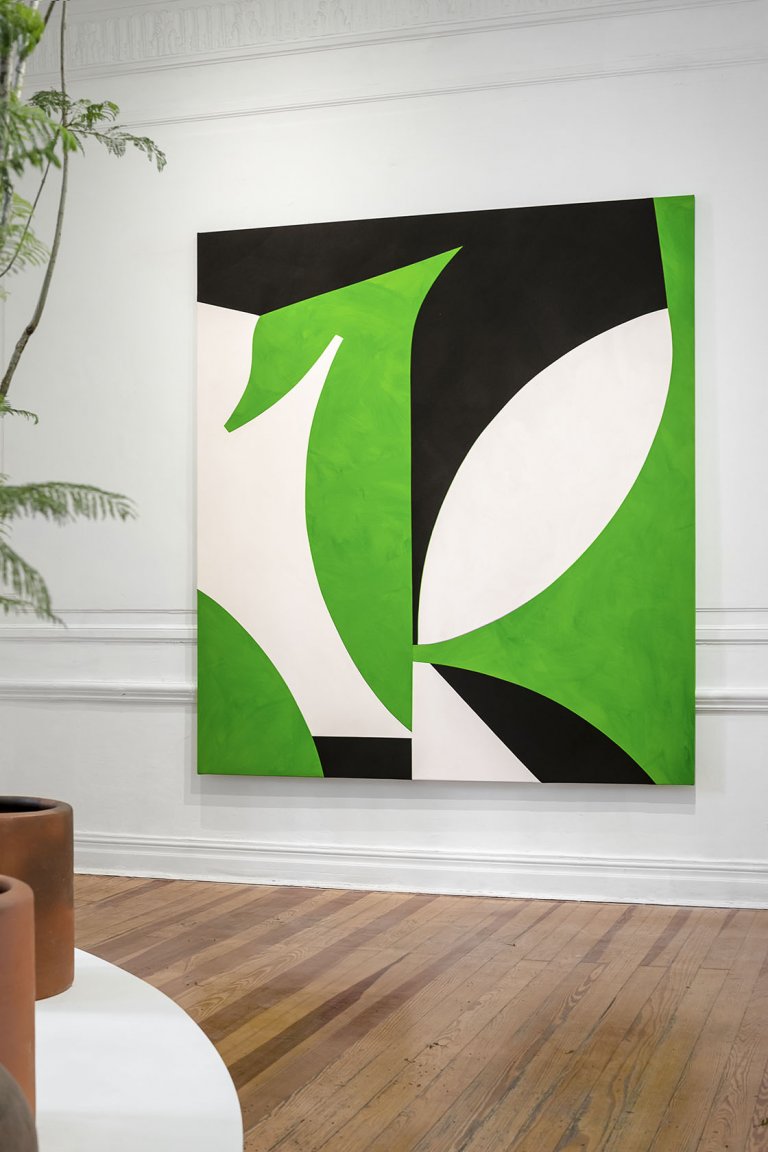
Post-Jacaranda, 2019, acrylic, sewn canvas , 177.8 x 198.12 cm
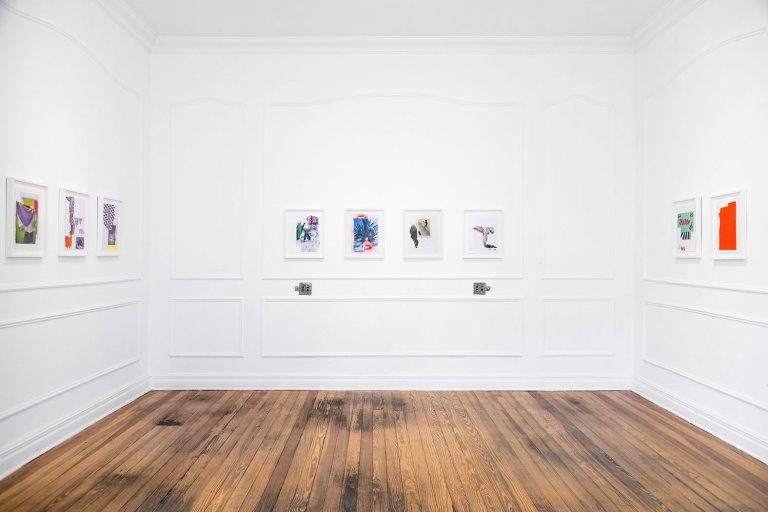
Installation view
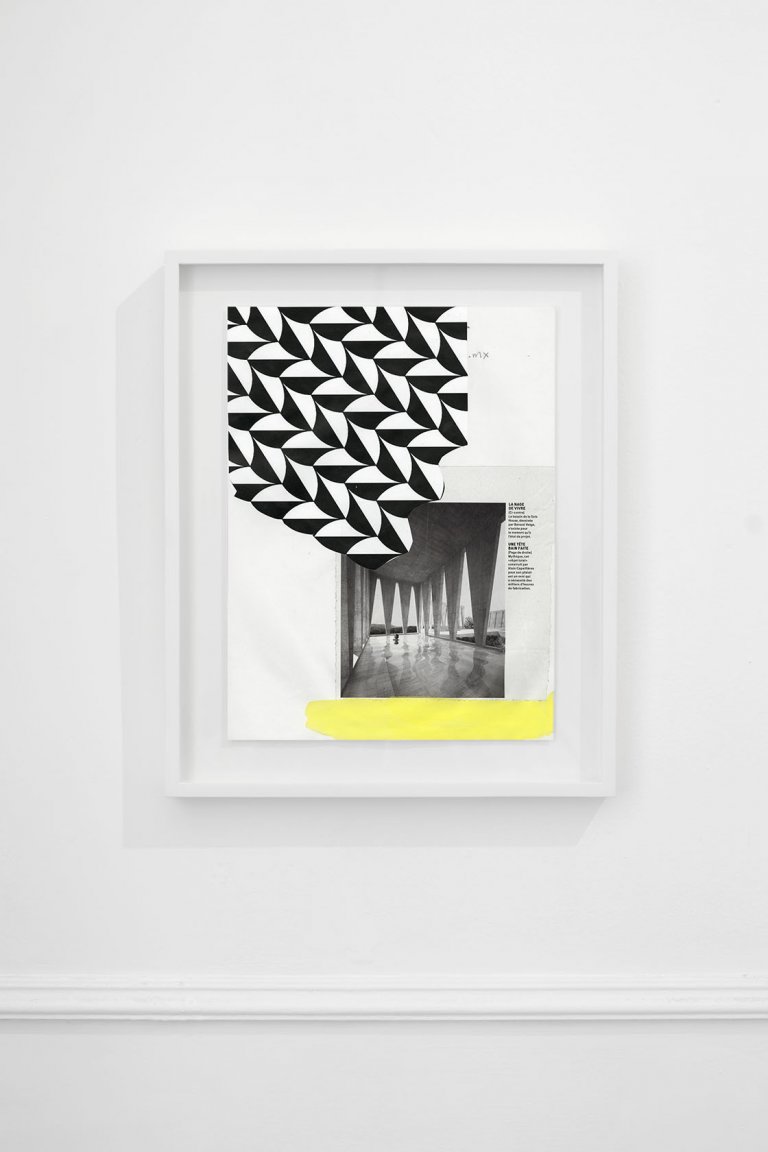
Untitled, 2019, collage, 35 x 28 cm
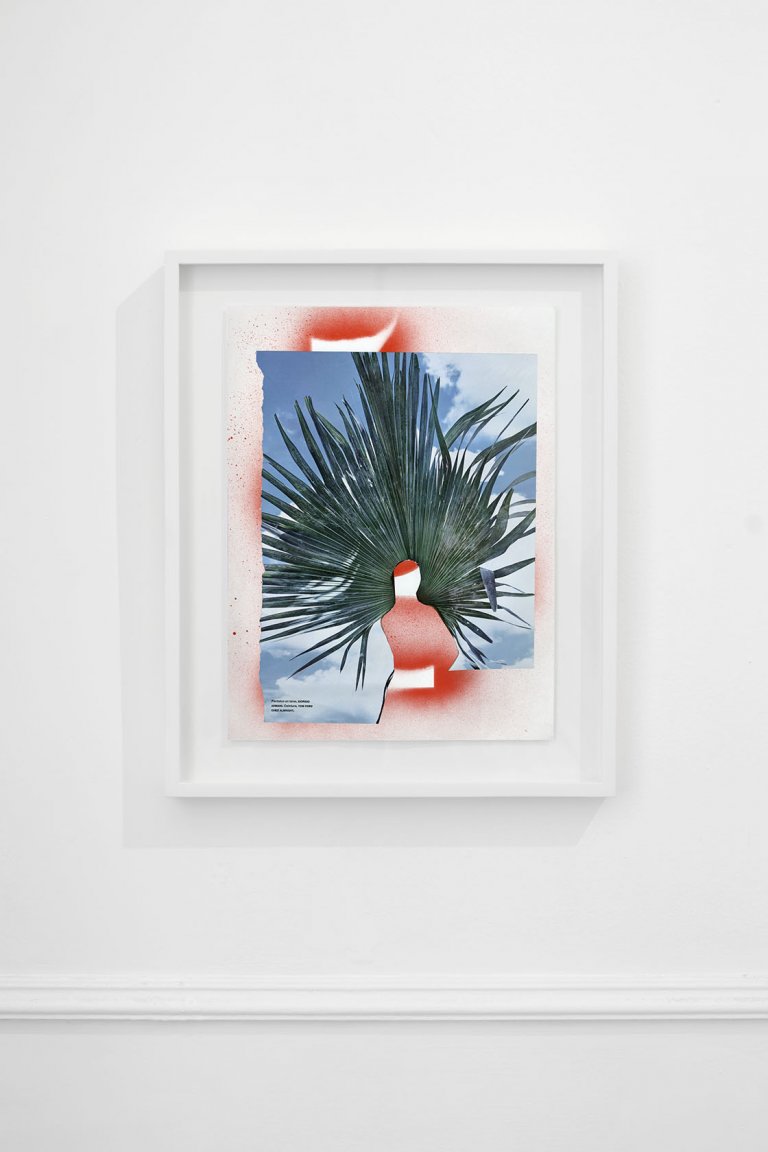
Untitled, 2019, collage, 35 x 28 cm
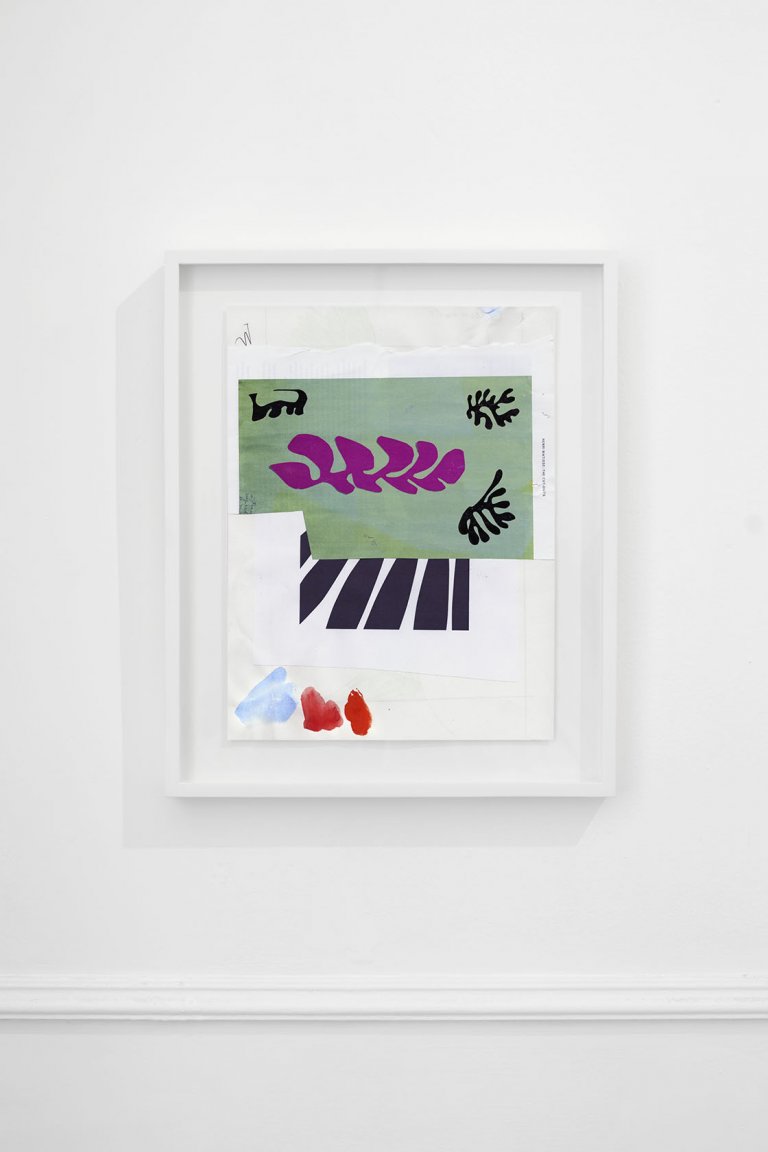
Untitled, 2019, collage, 35 x 28 cm
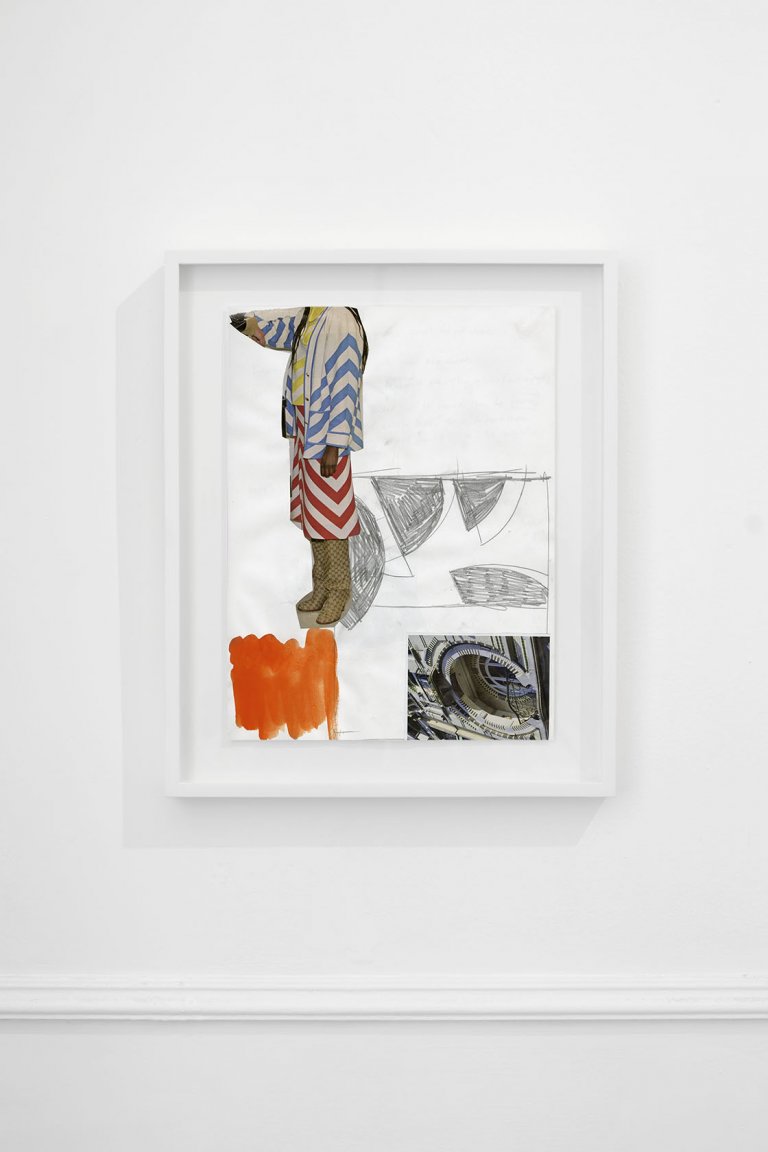
Untitled, 2019, collage, 35 x 28 cm
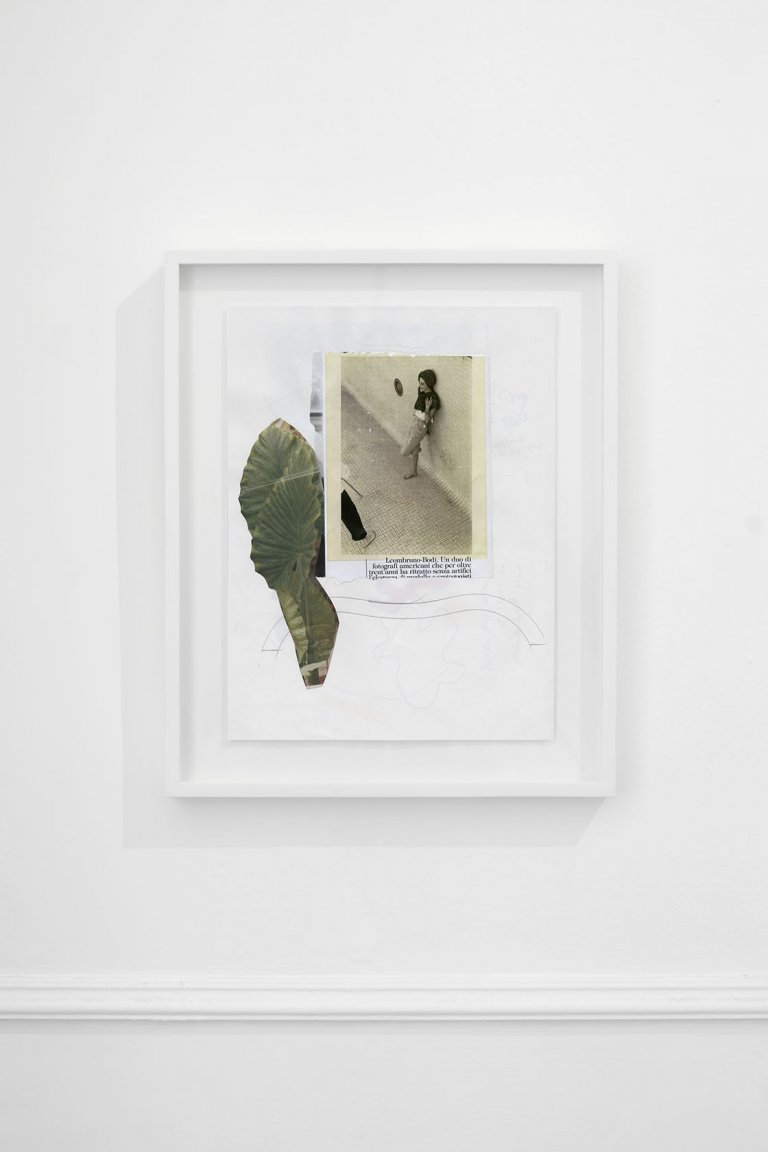
Untitled, 2019, collage, 35 x 28 cm
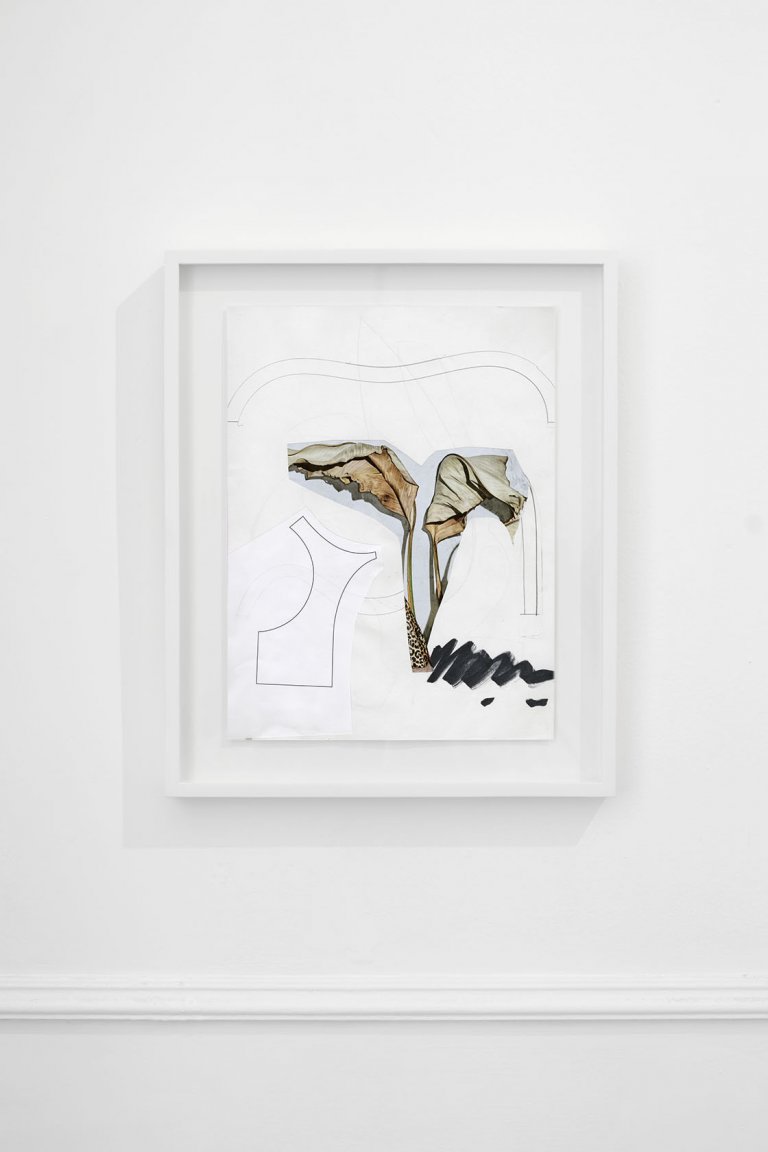
Untitled, 2019, collage, 35 x 28 cm
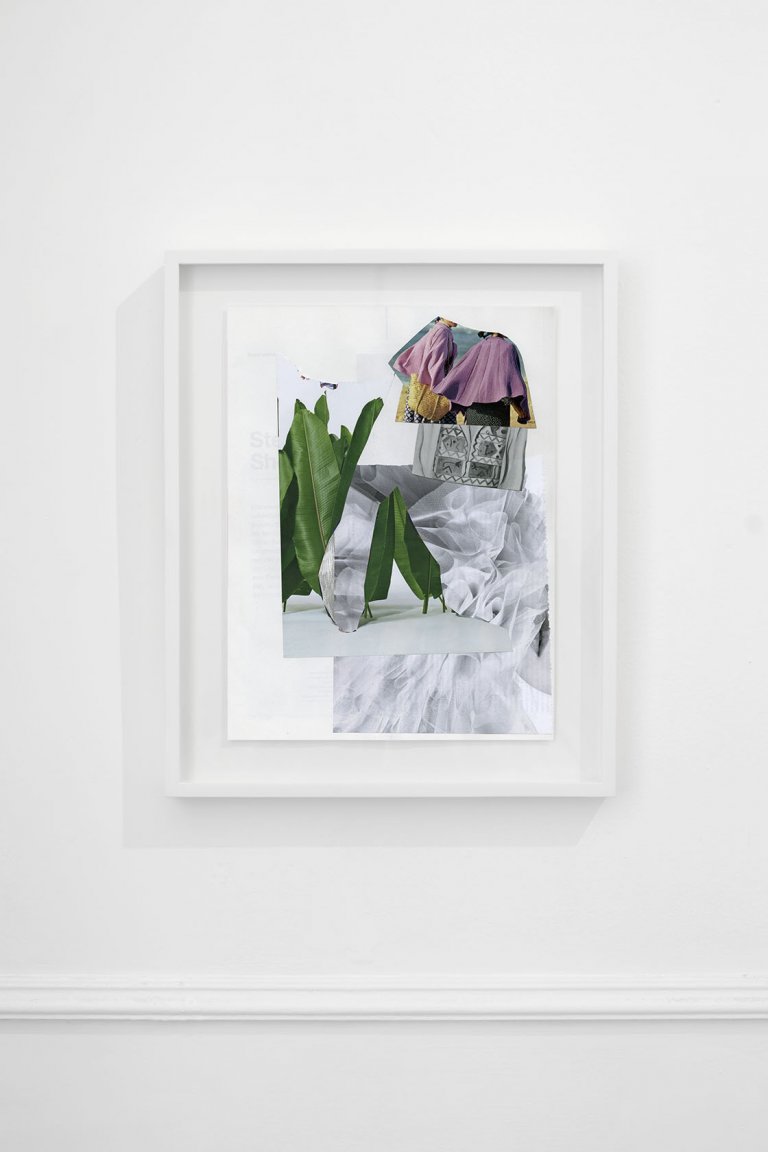
Untitled, 2019, collage, 35 x 28 cm
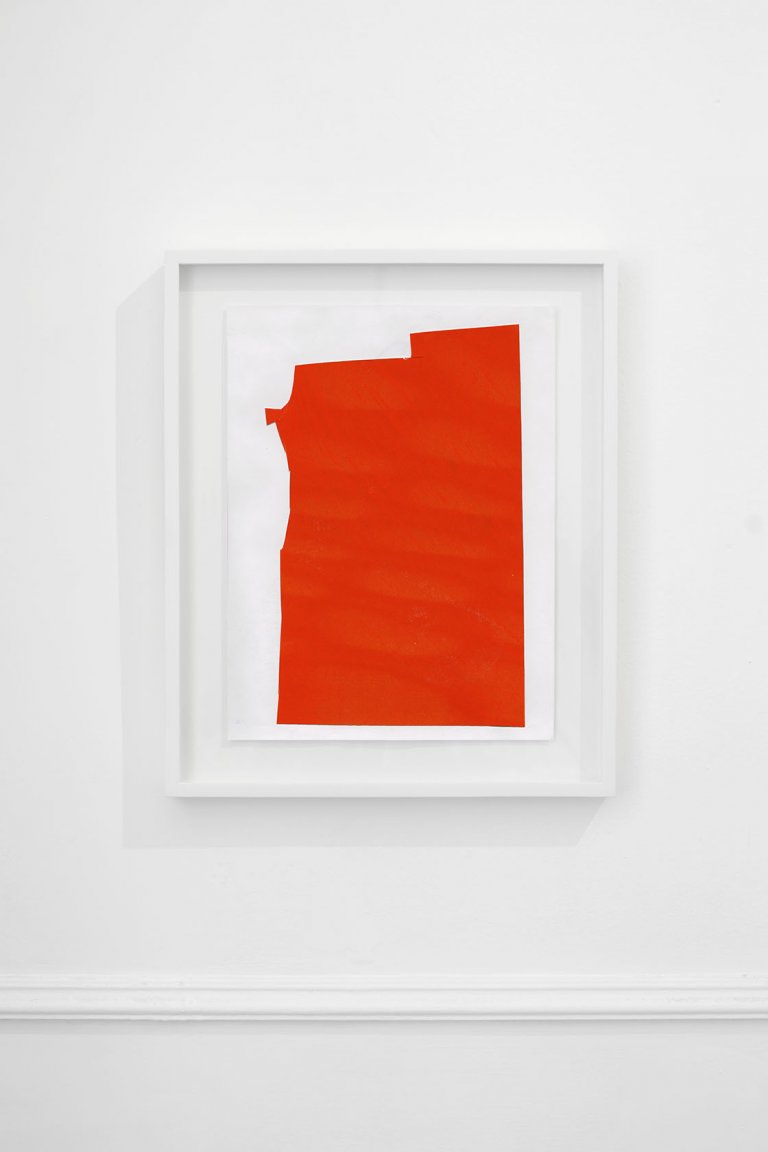
Untitled, 2019, collage, 35 x 28 cm
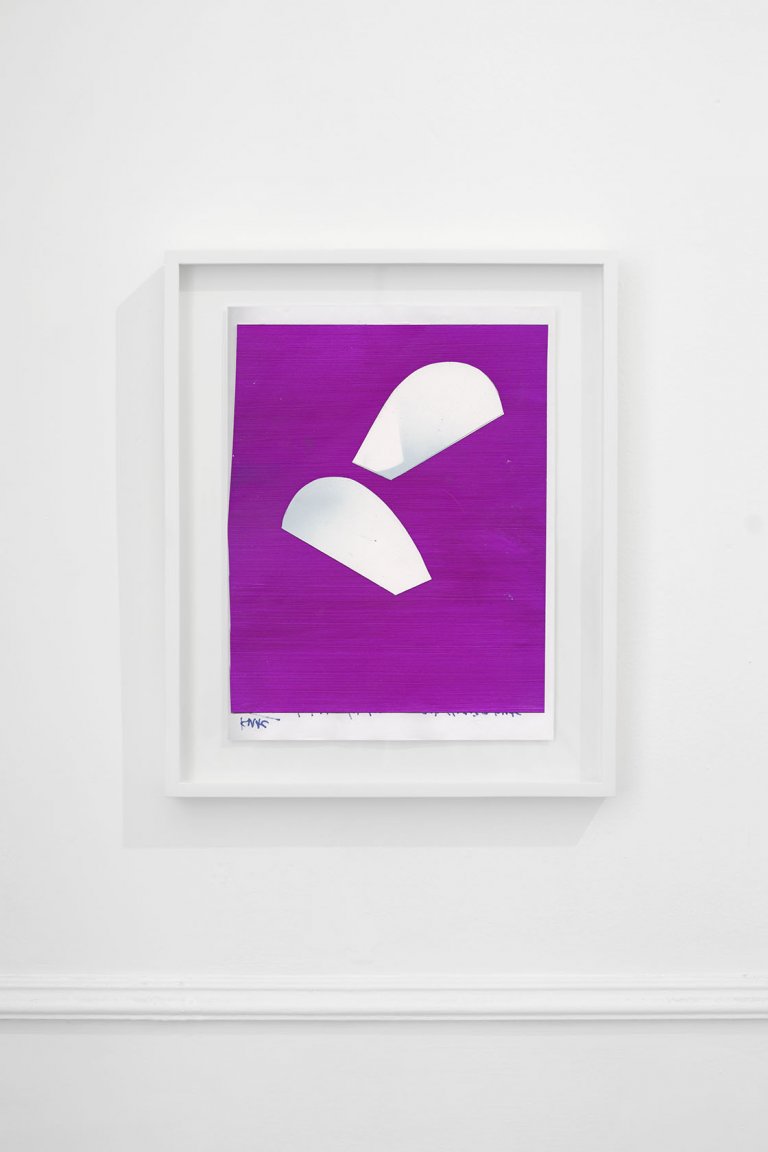
Untitled, 2019, collage, 35 x 28 cm
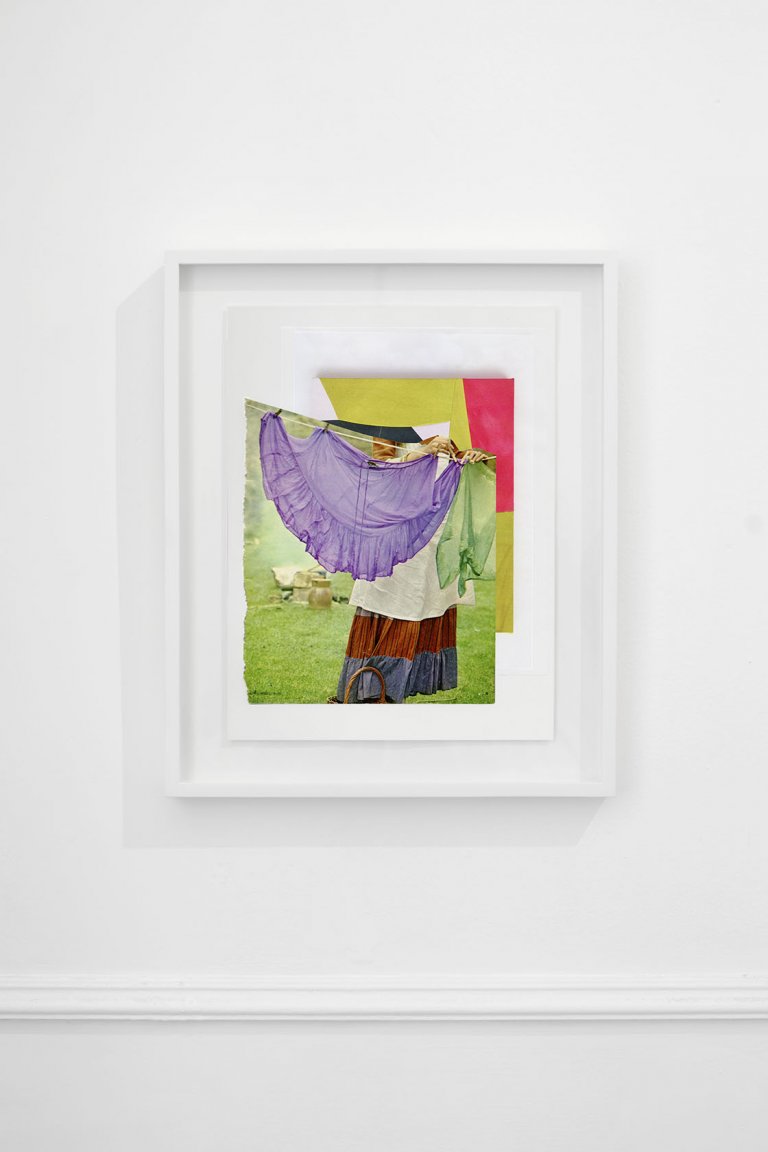
Untitled, 2019, collage, 35 x 28 cm
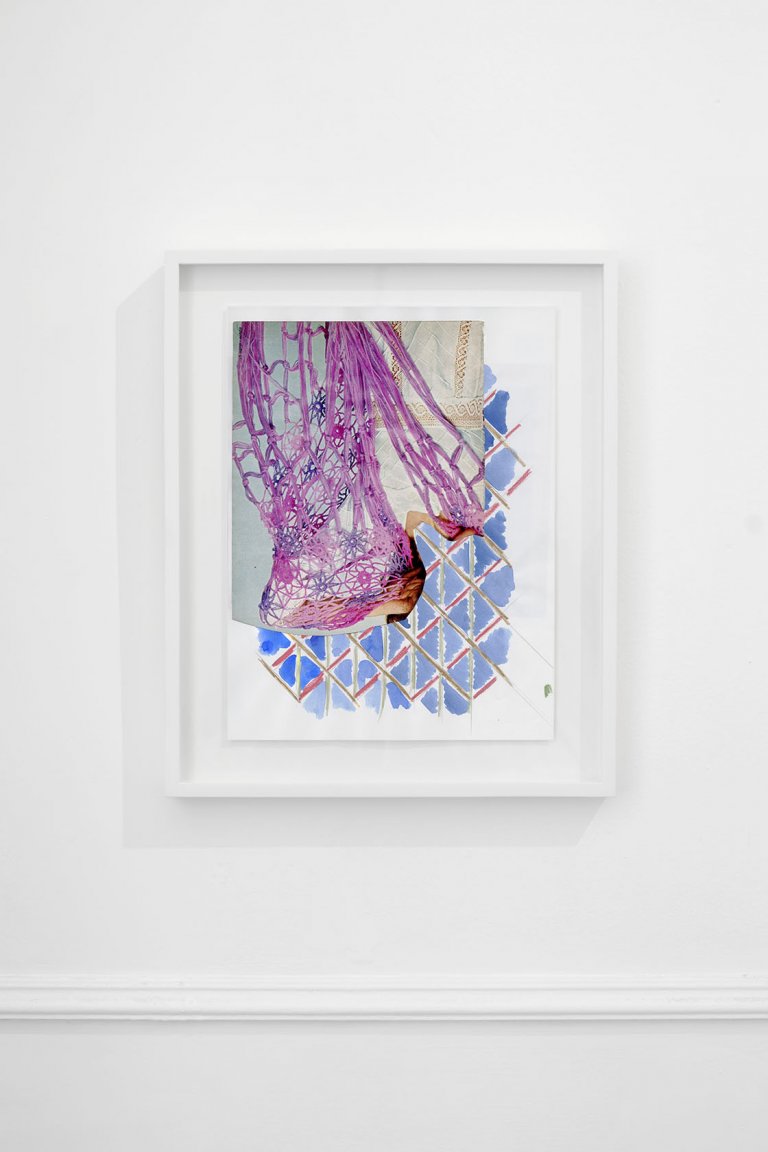
Untitled, 2019, collage, 35 x 28 cm
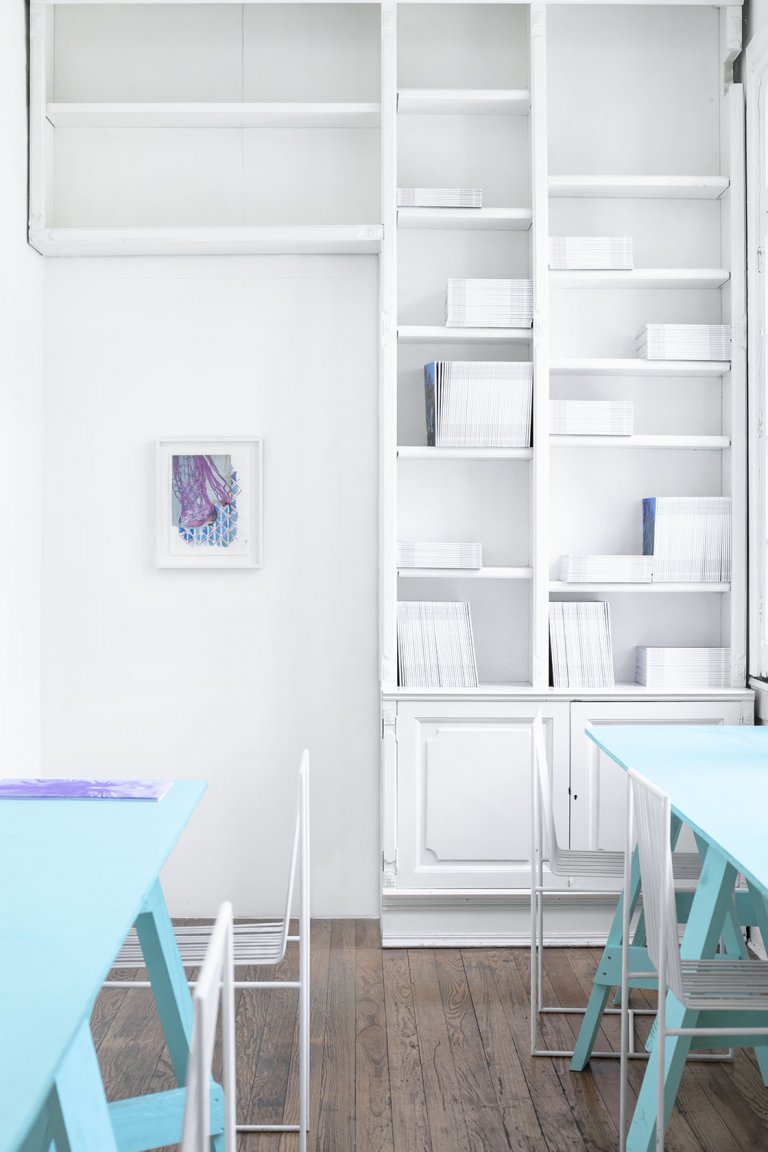
Intallation view
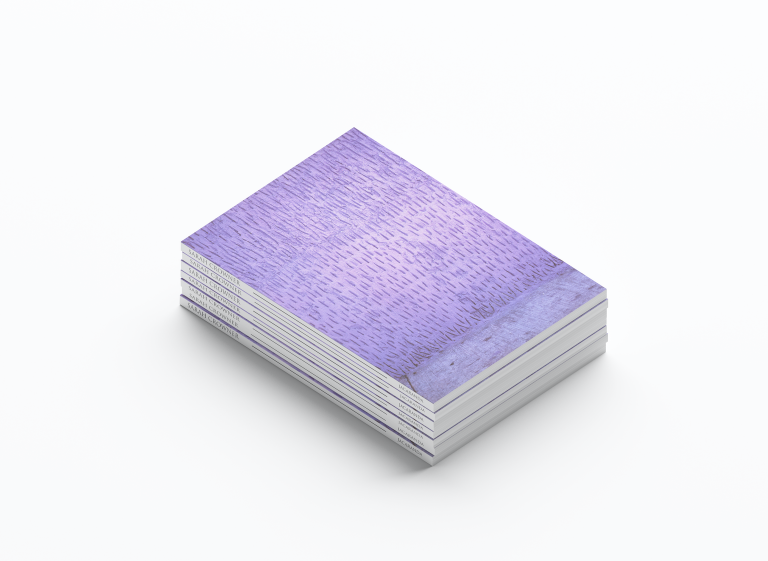
VV.AA., Sarah Crowner, Post Jacaranda, Nordenhake Mexico, Mexico City, 2019
